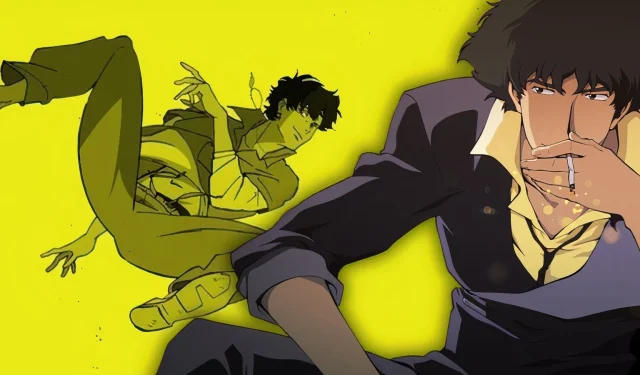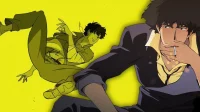The long-awaited anime series Lazarus has finally debuted on Toonami, generating considerable excitement among fans. This series is noteworthy for multiple reasons, not least of which is the directorial prowess of Shinichiro Watanabe, known for his iconic work on Cowboy Bebop, widely regarded as a definitive classic in anime. The anticipation surrounding Lazarus is heightened by its collaboration with renowned fight choreographer Chad Stahelski, famous for directing the John Wick franchise, and an eclectic musical score contributed by artists like Kamasi Washington, Bonobo, and Floating Points.
Initial reception in Japan has been overwhelmingly positive, with influential figures such as game designer Hideo Kojima endorsing the series. However, Watanabe’s latest offering is facing challenges in the Western market, where it frequently draws comparisons to Cowboy Bebop.
These comparisons flood social media and dominate discussions in various articles. In response, Watanabe has addressed this issue during English-language interviews, including a conversation with Gizmodo. He stated, “It’s the same director making both series, there are going to be some similarities, so I’d like people to cut me some slack on that aspect.” This raises a crucial question: Is it truly fair to consistently evaluate a creator’s new work in light of a past masterpiece?
Watanabe’s Rise and the Enduring Legacy of Bebop
From Champloo to Mars: A Career of Bold Experiments
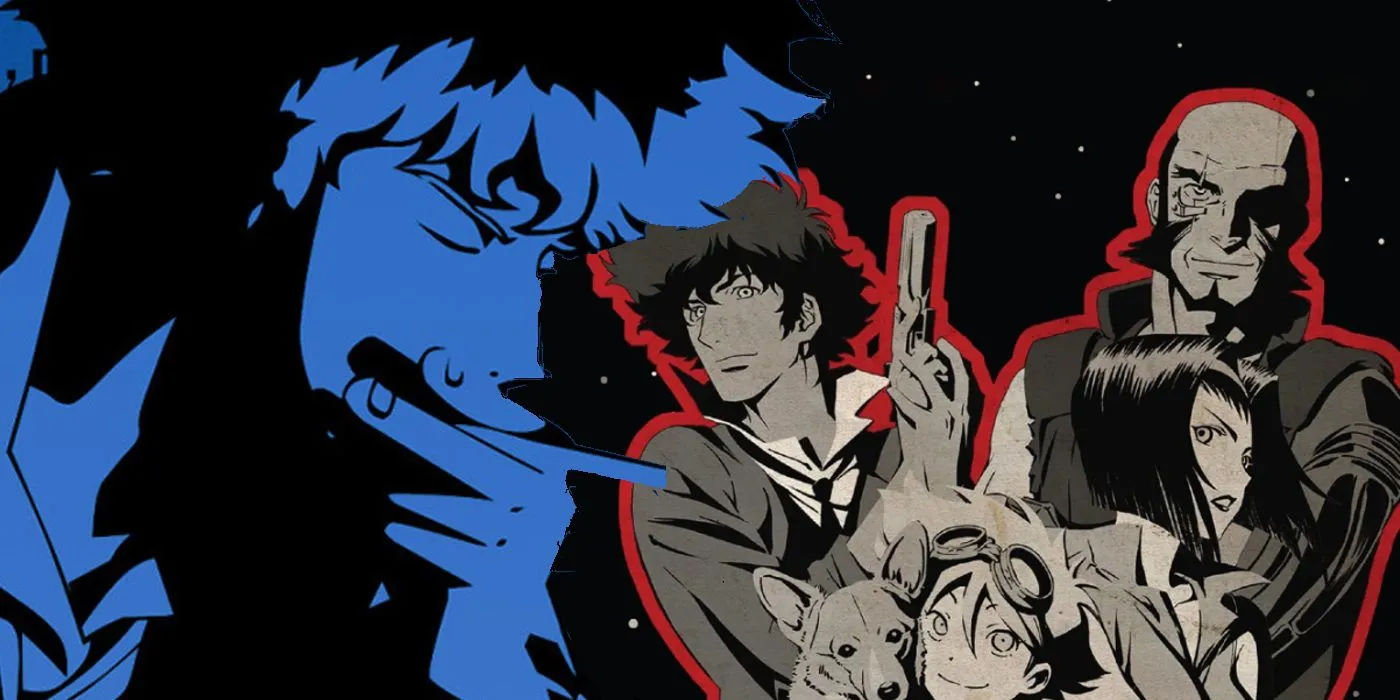
Shinichiro Watanabe initially gained recognition as the co-director of the acclaimed Macross Plus OVA series between 1994 to 1995. However, it was the year 1998 that solidified his status as a luminary in the anime landscape, thanks to the arrival of Cowboy Bebop. Set in a futuristic 2071, the series chronicles the escapades of a band of bounty hunters aboard the spaceship Bebop, masterfully blending science fiction, film noir, and Western elements. Its unique fusion of jazz, blues, and rock not only set the tone but also resonated with audiences, confirming Cowboy Bebop’s role as a genre-defining classic in the wake of the post-Evangelion era, where anime innovation skyrocketed.
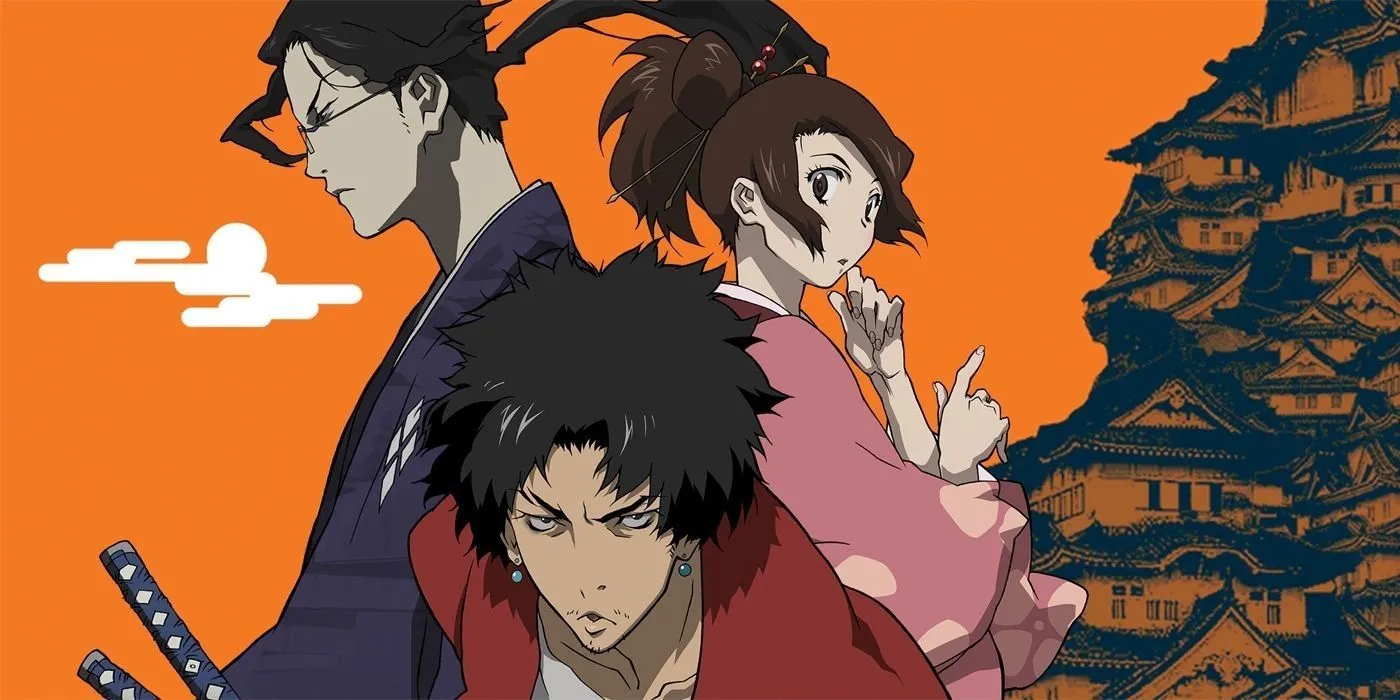
After Cowboy Bebop, Watanabe continued his pursuit of genre-blending narratives with a variety of notable anime projects. Titles such as Samurai Champloo (2004), which fused Edo-period action with hip-hop aesthetics; Kids on the Slope (2012), a jazz-infused coming-of-age story; Space Dandy (2014), a comedic adventure set in space; and Carole & Tuesday (2019), a heartfelt tale of musical ambition on a colonized Mars showcased his ongoing commitment to pushing creative boundaries. Although none achieved the iconic status of Cowboy Bebop, each work underlined Watanabe’s relentless exploration of musical and stylistic innovation.
A New Threat, A Ticking Clock: The Premise of Lazarus
A Familiar Voice Behind the Scenes
Lazarus unfolds in a world initially rejuvenated by a miraculous drug named Hapuna, only for its dark truth to emerge when its creator, Dr. Skinner, resurfaces after vanishing, revealing that the drug is, in fact, a delayed death sentence. Humanity faces a grim countdown of 30 days before the drug claims lives, prompting the formation of an elite five-member task force dubbed Lazarus tasked with capturing him. Before its premiere, Watanabe described this venture as “a new kind of challenge for me, different from anything I’ve done before.” Yet, the inevitable comparisons to Cowboy Bebop loom large.
Watanabe acknowledges that Lazarus does share certain similarities with Cowboy Bebop, largely due to its collaborative roots with Keiko Nobumoto, the original screenwriter of Cowboy Bebop. Though Nobumoto sadly passed away in 2021, her early contributions significantly shaped the series’ development, with Watanabe stating, “(Nobumoto) was a part of the project from the very start when we were developing the story and characters… If Lazarus does remind people of Cowboy Bebop, it’s probably because we worked with Nobumoto together to write the story.”
Visual Echoes, New Faces
Urgency Over Cool: Key Differences from Bebop
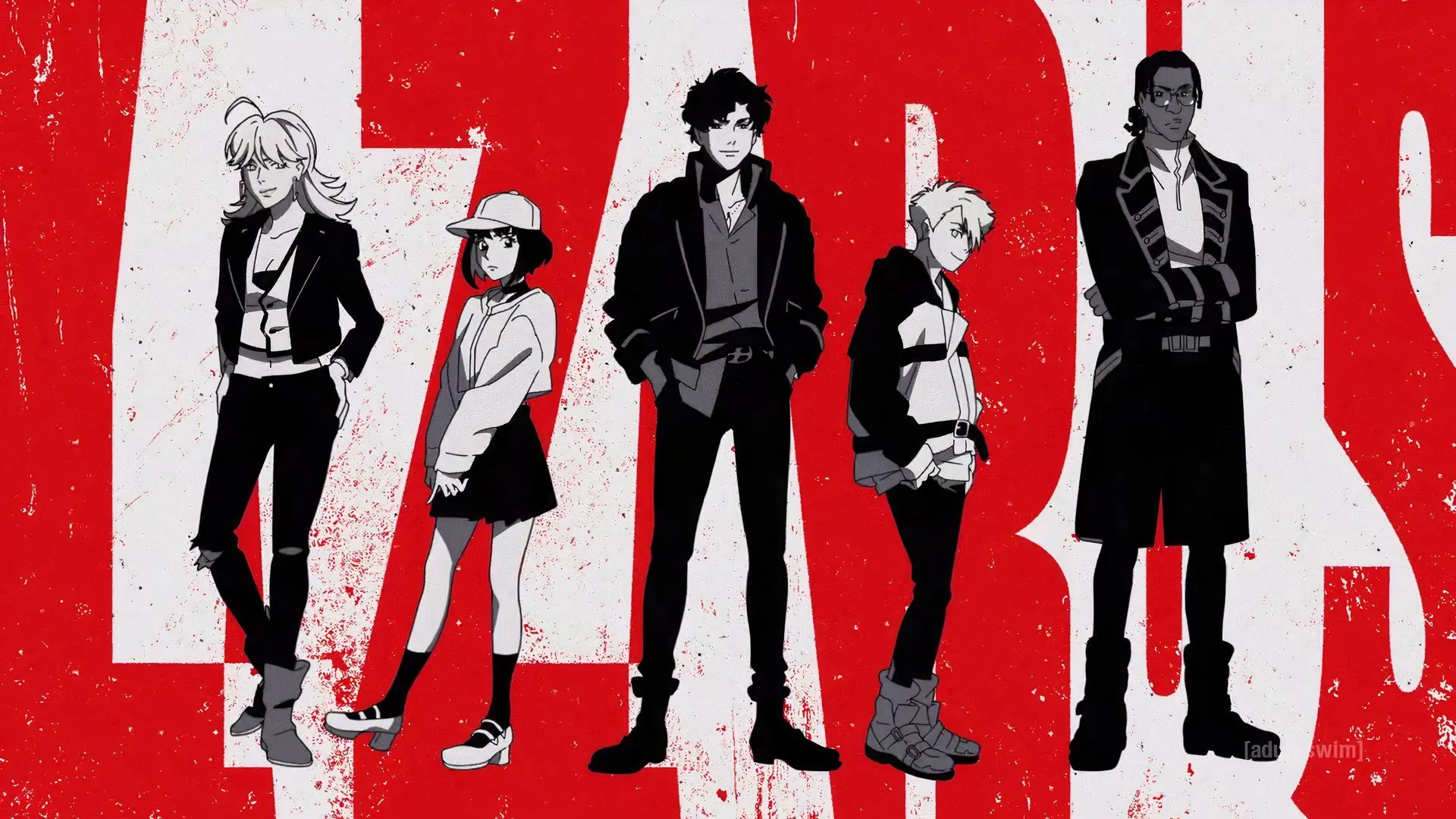
These influences are visually evident right from the opening moments of Lazarus, showcasing a striking sequence with silhouettes of main characters drifting through dreamlike, impressionistic backgrounds. The protagonist, Axel Gilberto, evokes the essence of the beloved Spike Spiegel with his lanky stature and disheveled hair. Additionally, several key collaborators from Cowboy Bebop have rejoined the team: Koichi Yamadera (the voice of Spike) now embodies Dr. Skinner, while Megumi Hayashibara (Faye) lends her voice to Hersch, and Akio Otsuka reprises a familiar dubbing role as Abel.
Despite the shared stylistic traits—such as jazz-infused soundtracks and a futuristic backdrop—significant differences are also apparent between the two series. Cowboy Bebop explores the personal histories and existential themes of bounty hunters, often adopting an episodic narrative structure. In contrast, Lazarus is characterized by a more immediate, overarching storyline: five agents on an urgent mission against a looming global crisis tied to Dr. Skinner. This race against a 30-day timeline injects a heightened sense of urgency and suspense, differentiating Lazarus from Cowboy Bebop’s more leisurely narrative approach.
Signature Style or Strategic Self-Reference?
Lazarus Is An Adventure Still Worth Taking
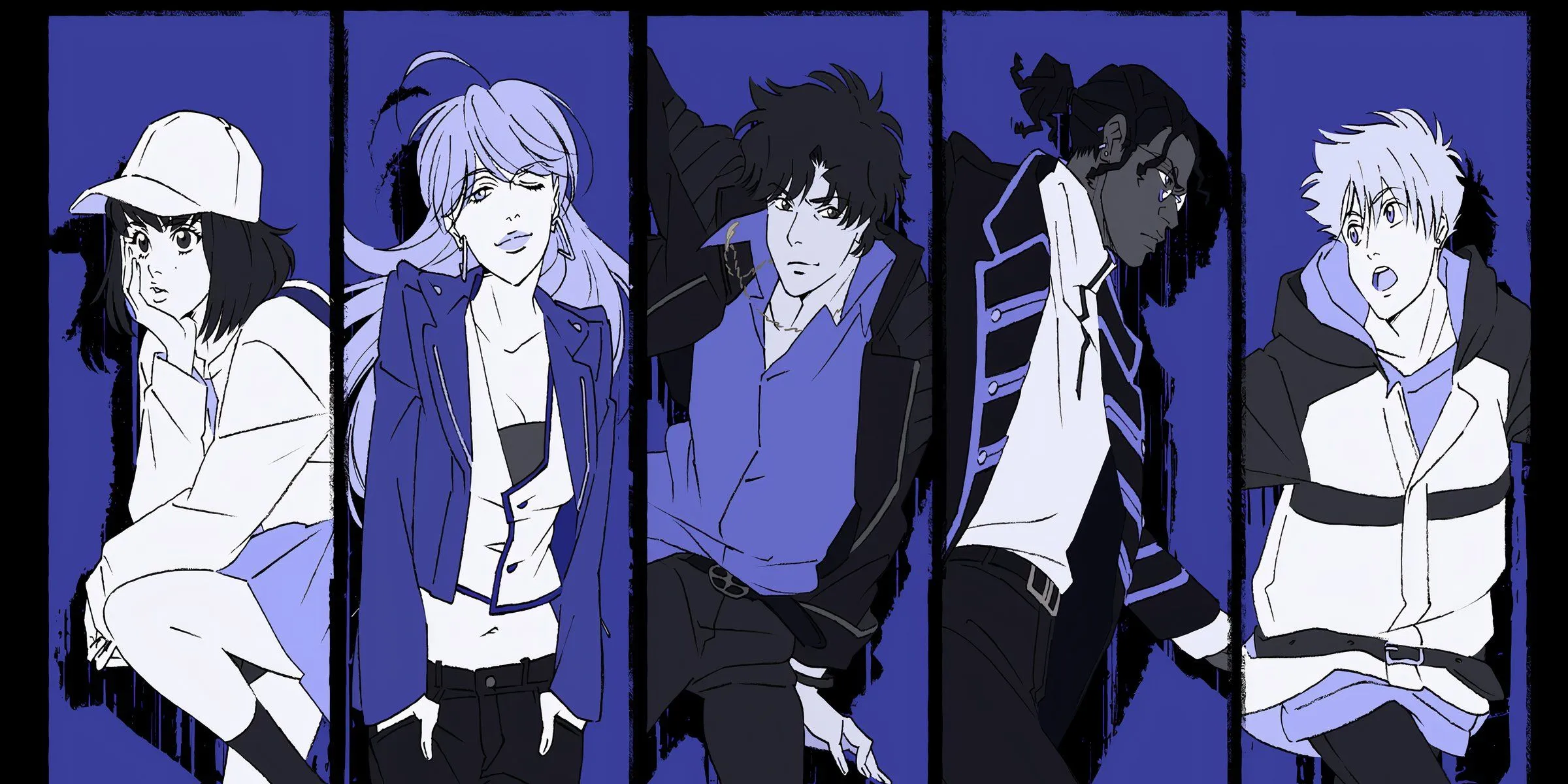
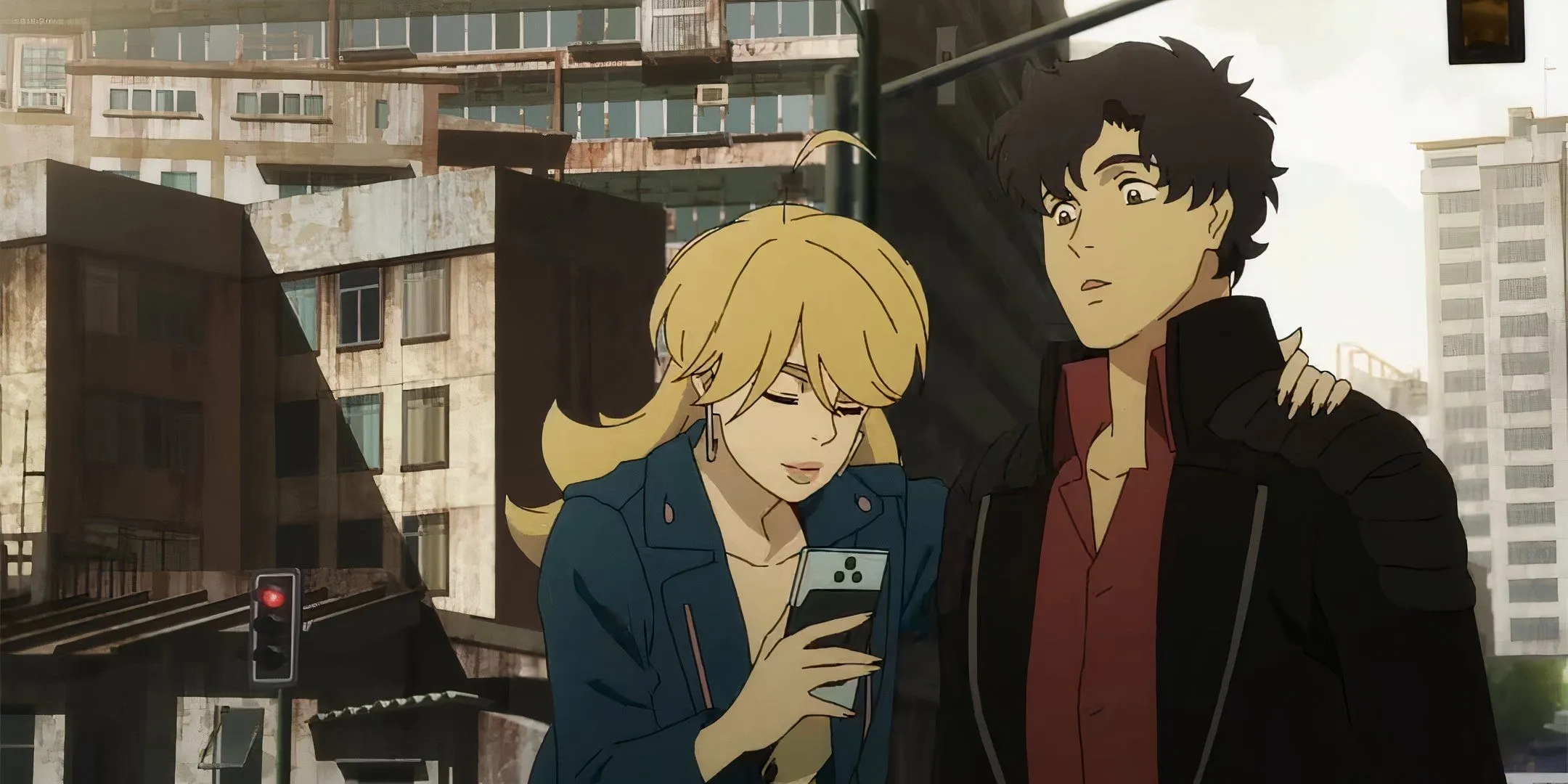
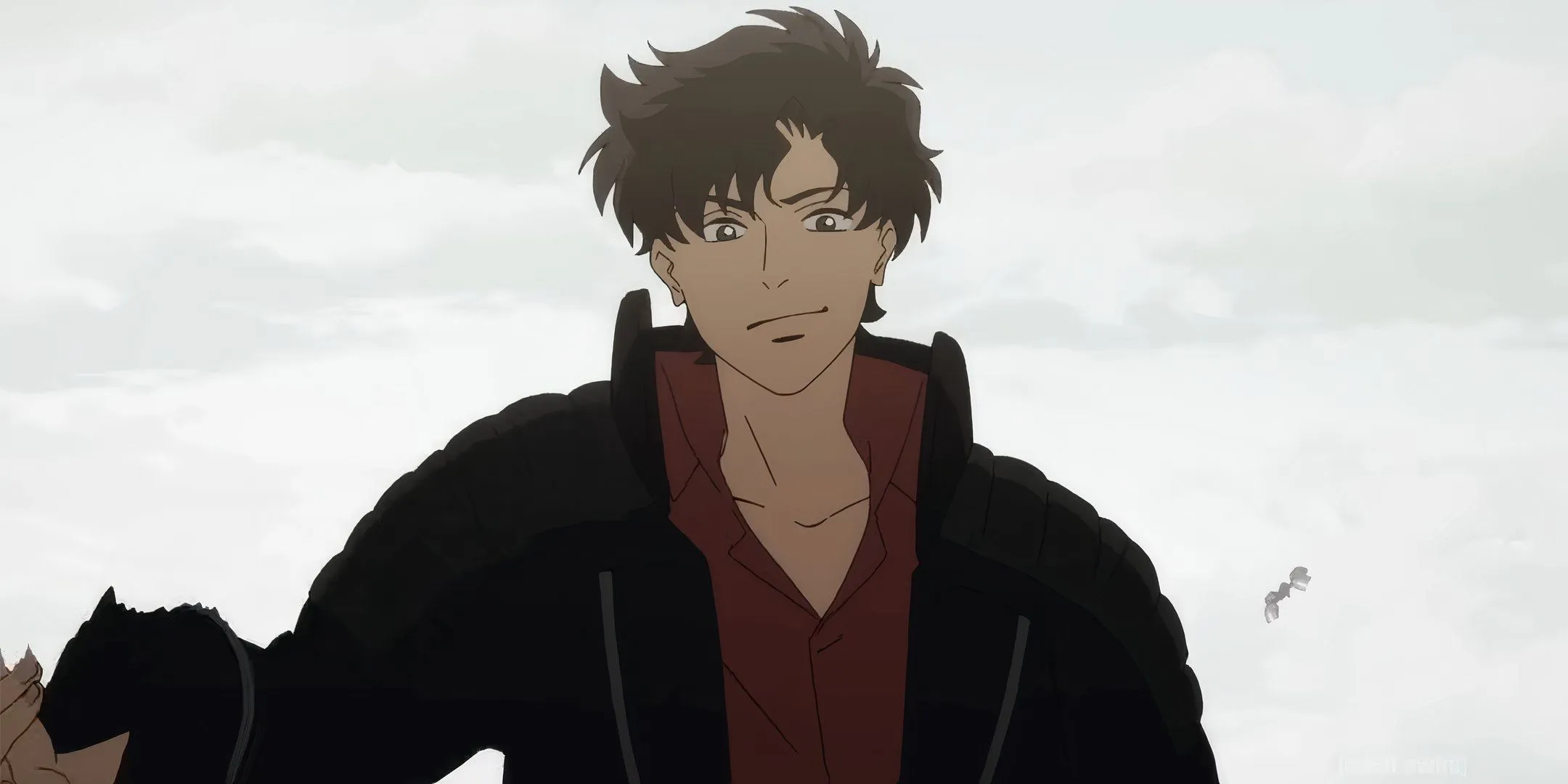
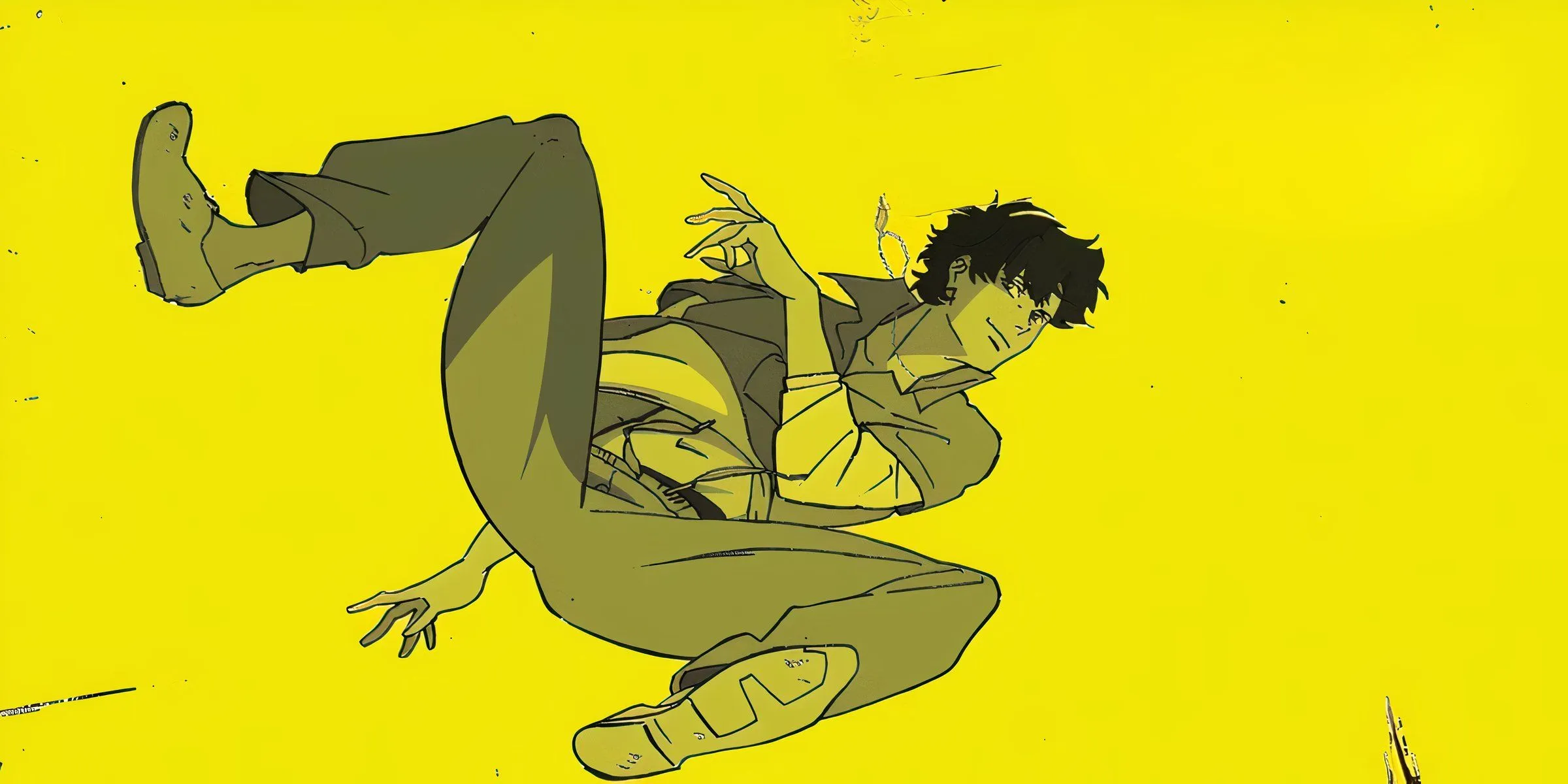
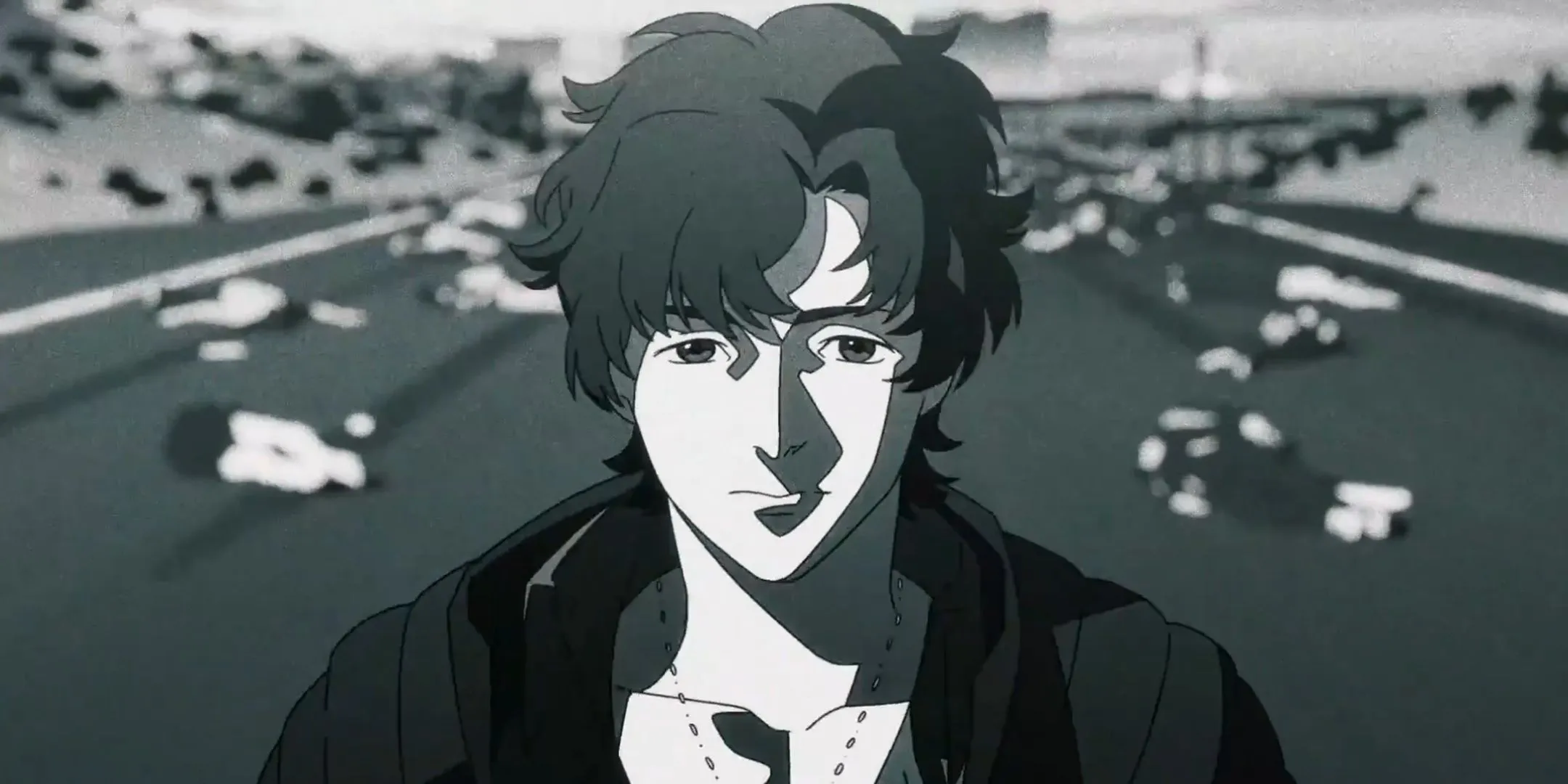
The premiere episode of Lazarus has garnered a generally favorable response from Japanese audiences. Viewers have lauded the exceptional animation quality provided by MAPPA and exhilarating action sequences, particularly a highlight parkour chase featuring Axel. Furthermore, the music—rich with jazz and blues elements—was well received as it enhanced the series’ stylish ambiance, drawing effortless comparisons to Cowboy Bebop. The realistic character designs and minimal “moe”aesthetics have also made it appealing to a broader audience, even those who may not typically engage with anime. Overall, fans in Japan exhibit significant interest in the futuristic narrative and eagerly anticipate how the story and its characters will evolve.
Nevertheless, the shared elements of Lazarus and Cowboy Bebop prompt inquiry: Is this a tactical commercial strategy, or simply a reflection of the director’s artistry? Watanabe emphasized in his Gizmodo interview that, “in no way am I doing the same thing on purpose, making a cameo, or paying homage to my previous works. Everything is for a reason, and I want you to watch it with fresh eyes. Don’t look for similarities, just enjoy it for what it is.”
While live-action directors with distinctive styles—like Wes Anderson or Tim Burton—are often expected to navigate familiar themes, anime creators are not always afforded this leniency. Although only one episode of Lazarus has been aired, it remains possible that Watanabe has countless plot twists and surprising directions ahead. But even in the absence of those surprises, a new work from the mind behind Cowboy Bebop is undoubtedly a treasure for anime aficionados. All that remains to be seen is where Watanabe will take us next.
Source: Gizmodo
